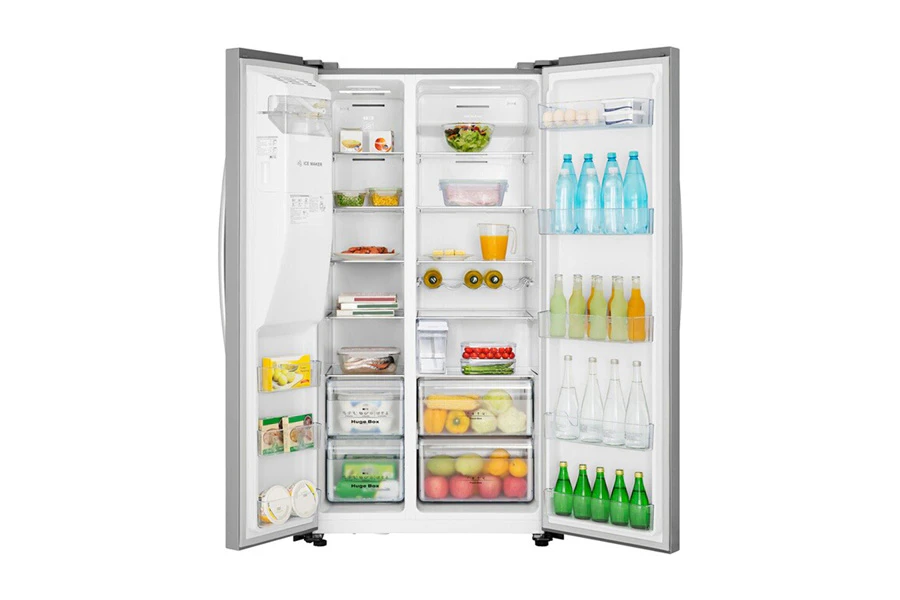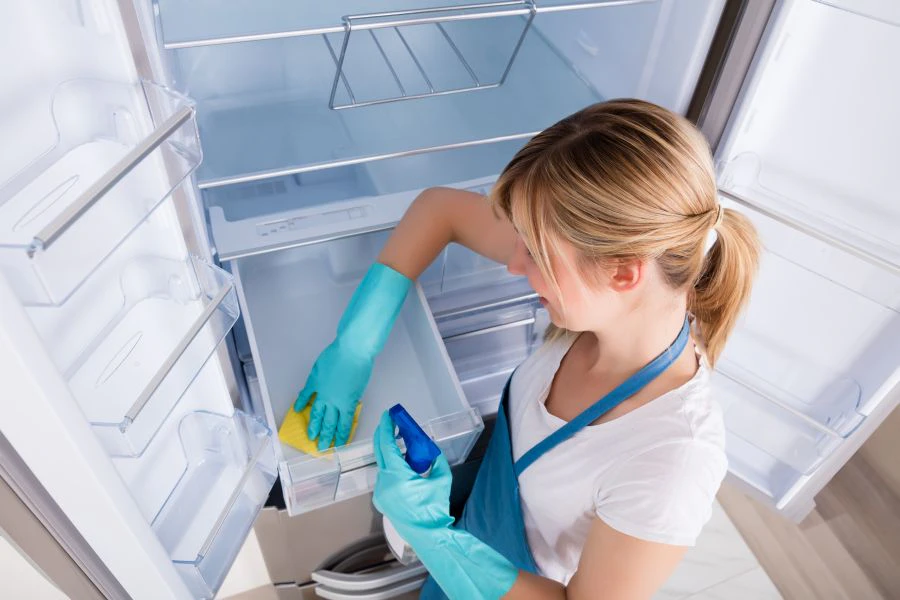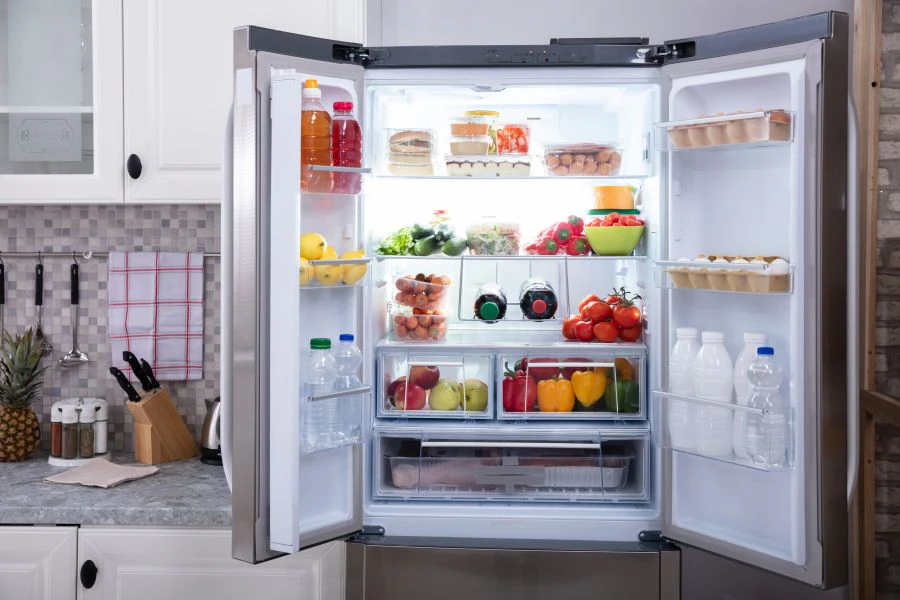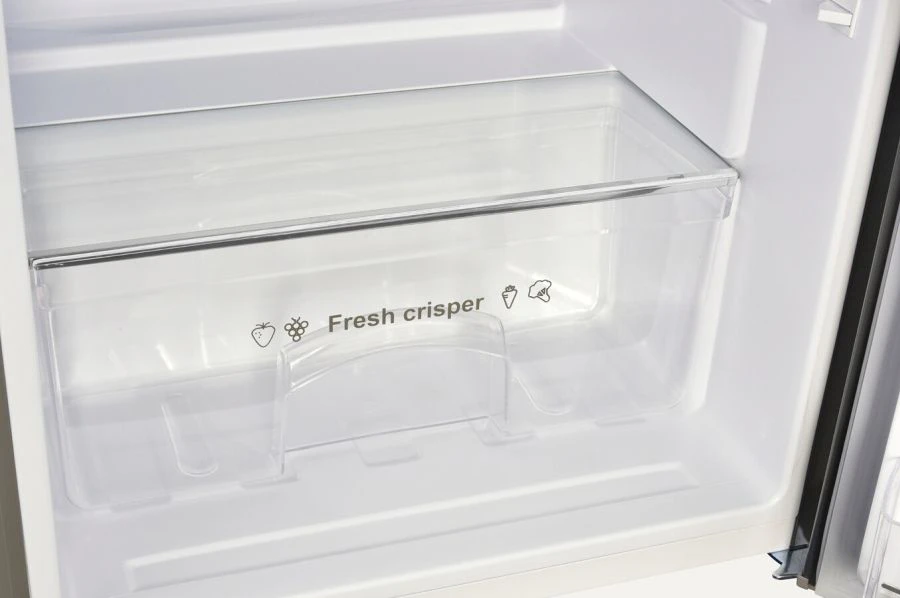
appliances
A more efficient refrigerator!
Even if your refrigerator is new and at the forefront of the latest trends in home appliances, you can improve its efficiency! But above all, the choice of model is important, especially in terms of its power consumption.

The energy efficiency class, a choice criteria
The energy efficiency class, first of all, determines the annual electrical consumption of the different models. It is measured according to nine levels: F, E, D, C, B, A, A +, A ++, A +++. Regarding cold appliances (refrigerators, freezers), manufacturers can only deliver class A +, A ++ and A +++ devices since July 2012.
The ADEME (the French administration for energy saving) estimates that "A +++ refrigerators, freezers and combined appliances consume on average 70% less electricity than A + classified appliances with the same options. »
It should however be stressed that this is an indication which may vary greatly depending on the capacity and functions of the model chosen: indeed, depending on the characteristics of the refrigerator, it can consume more or less. It is therefore not to be taken literally and actual consumption ultimately depends on many factors.
Before buying, look at the energy consumption data of the device
An American refrigerator like the Thomson THSBS97IX, which is of energy efficiency class A +, consumes 438 kWh per year, since it offers many compartments and different refrigeration functions.
For its part, the Thomson CTH460XL, which is a fridge freezer, consumption of 380 kWh while it is also energy efficiency class A +.
As for the Thomson TH-TTR5SL, which is a small model of undercounter tabletop refrigerator, it only consumes 135 kWh per year and has an A ++ energy efficiency class.
In fact, taking an interest in the energy efficiency class is important, but do not hesitate to look at the energy consumption figures to get a better idea and especially put this energy consumption in perspective of the volume and possibilities offered by the refrigerator in function of its purchase price.


The climate class is also important
The climate class, meanwhile, comes in the form of an ambient temperature range in which the refrigerator is located, which must be observed for it to operate optimally. The refrigerator product sheet always shows this.
There are eight climatic ranges, from SN-T (extended tropical) which designates use in a room where the temperature is between 10 ° C and 43 ° C, to class T (tropical) from 18 ° C to 43 ° vs.
In a kitchen, most climate classes are suitable, but if you want to put the refrigerator in a basement, a cellar or on a balcony or veranda, it may be useful to pay attention: A refrigerator may have difficulty operating, if it is exposed to too low or too high temperatures.
Seals like new
In terms of maintenance, it is essential to take the time to monitor the wear of the seals on the refrigerator doors, to make sure that the aplliance is always airtight. Otherwise, not only will the device consume more, but it can also seriously affect the preservation of food.
Remember to defrost
It is also necessary to defrost frequently the section dedicated to freezing, especially when you notice that the frost collects on the walls. It takes only 2 mm thick frost for the consumption of the freezing part to increase by 10%, it is far from negligible! To do it, take advantage of a moment when you have few frozen foods. Unplug your refrigerator, or turn off the freezer if possible, then clean it with warm water.
Dust is its enemy
Finally, it is also very important to clean, at least twice a year, the condenser grid located at the back of the refrigerator. This part tends to attract dust, which hinders proper functioning and can cause breakdowns. A brush and a vacuum cleaner with plastic tipped nozzle make cleaning generally quick and efficient. Do not forget to unplug the refrigerator: if you do not open it during this cleaning session, your food is not likely to spoil during the few minutes that the procedure usually lasts.


Organizing the storage of your food well, the key to success
A well-maintained refrigerator is an efficient refrigerator, but this also requires a good organization of food stored inside. Because everything has a specific place in a refrigerator, even if it is not always explicit. Certainly, we know the vegetable bin, called Fresh Box on Thomson models, and the shelves for bottles. But did you know that the temperature tends to vary depending on the locations in the refrigerator? The upper part is the coolest, between 0 and 4 ° C. It is the ideal place to store meats, fish and poultry, but also for homemade and fresh dishes, or even cream.
The central part generally offers a temperature between 4 and 6 ° C. Dairy products such as yogurts and cheeses, cooked fruits and vegetables or cold meats are all foods that have their place in this space. At the bottom of the refrigerator, where the temperature is around 8 and 10 ° C, there is mainly the vegetable drawer, intended to logically accommodate vegetables, but also fruits. This temperature range allows them to avoid being attacked by the cold and too much humidity, for good conservation. Finally, in the refrigerator door, the temperature is between 6 and 8 ° C. Use the shelves to store eggs, drinks, milk and butter.
By adopting these good reflexes, you can optimize the use of your refrigerator without much effort, while ensuring optimal preservation of your food. This inevitably results in savings, not only in energy, but also in terms of food. And with proper maintenance, your refrigerator will be able to last longer without problem. How to be a winner on all fronts!


 Denmark (Danish)
Denmark (Danish)  Deutschland (Deutsch)
Deutschland (Deutsch)  España (Español)
España (Español)  France (Français)
France (Français)  Italia (Italiano)
Italia (Italiano)  Nederlands (Dutch)
Nederlands (Dutch)  Polska (Polski)
Polska (Polski)  Russia (Russian)
Russia (Russian)  Sweden (Swedish)
Sweden (Swedish)  Turkey (Turkish)
Turkey (Turkish)  Ukraine (English)
Ukraine (English)  United Kingdom (English)
United Kingdom (English)  USA (English)
USA (English)  China (Chinese)
China (Chinese)  Hong Kong (English)
Hong Kong (English)  India (English)
India (English)  Indonesia (English)
Indonesia (English)  Lebanon (English)
Lebanon (English)  Saudi Arabia (English)
Saudi Arabia (English)  Thailand (English)
Thailand (English)  Vietnam (English)
Vietnam (English)  Algeria (Français)
Algeria (Français)  Egypt (English)
Egypt (English)  Australia (English)
Australia (English)